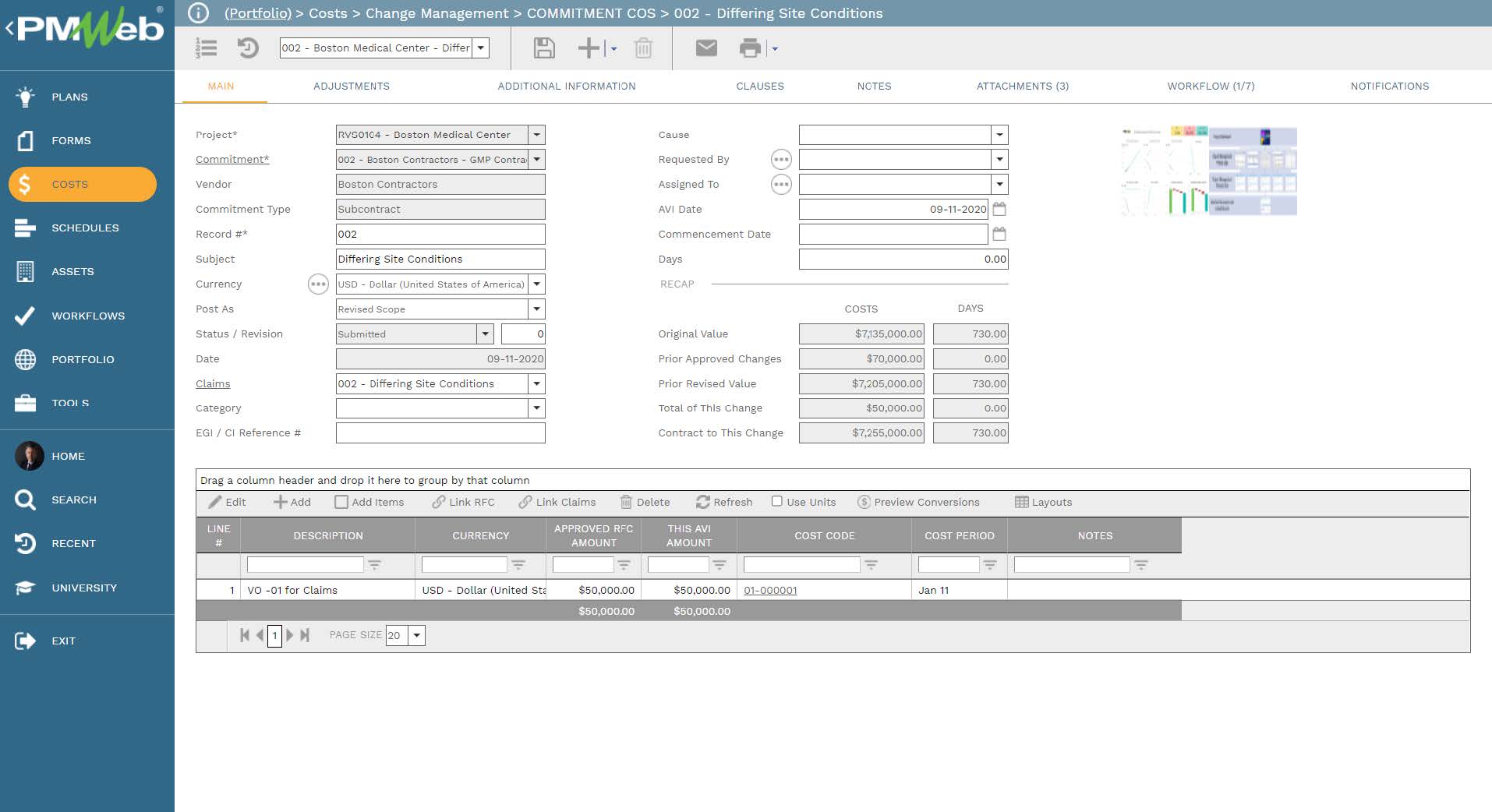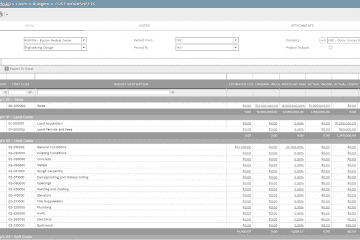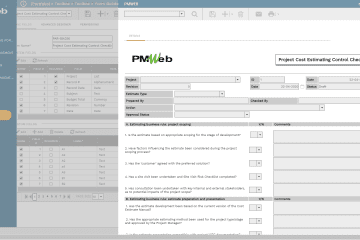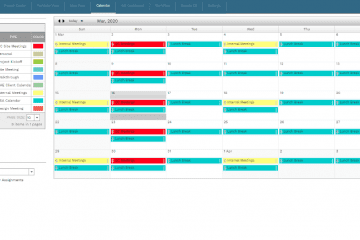Although the practice that is commonly adopted on capital construction projects is to have value engineering during the design development phases, nevertheless there is a growing interest among project owners to encourage contractors to improve the project’s performance, value, and/or quality, lower construction costs, or shorten the delivery time while considering their impacts on the project’s overall life-cycle cost and other applicable factors. This requires adding a value engineering clause in the contract agreement for Value Engineering Change Proposals (VECP) to be made by the construction contractor. VECP can include changes in contract drawings, design, specifications, or other contract requirements.
The value engineering clause will provide details of the procedures to be followed in preparing the value engineering recommendations and proposals as well as for monitoring the implementation of the approved and selected proposals. The clause should also address the incentives that the contractor will be entitled to for value engineering change proposals that result in cost savings.
Each VECP submitted by the contractor will be reviewed by the project owner team to ensure its compliance with contract’s requirements, impact on project objective, scope, quality, schedule, and cost, evaluate the work items quantities, reasonable cost, the accuracy of bid items, expected savings, the feasibility of the proposal, maintenance and operation costs and other items that might impact the value engineering proposal.
Using Project Management Information System (PMIS) solutions like PMWeb, the Value Engineering Change Proposal (VECP) will be managed. PMWeb custom form builder will be used to create the business process which will include all of the data fields that the contractor needs to submit for each Value Engineering Change Proposal (VECP). This data will become the basis for having a real-time report of submitted VECPs and their status.
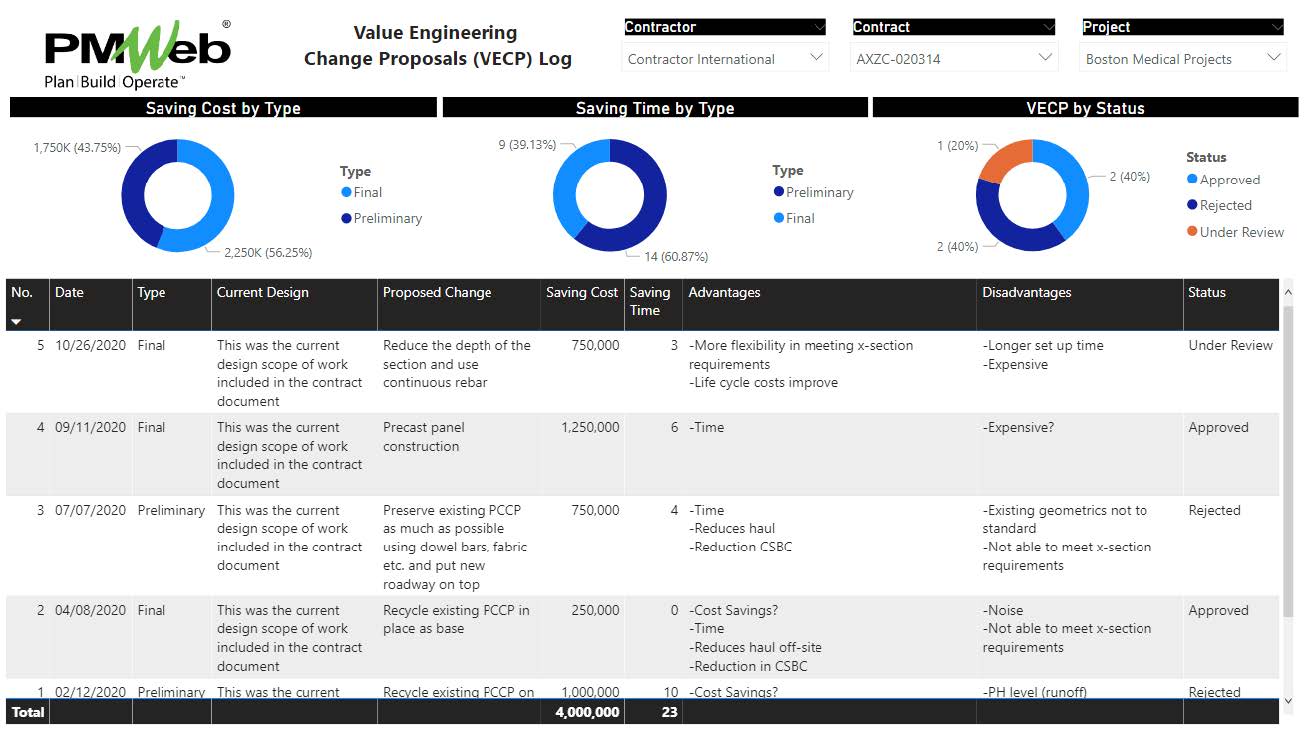
The Value Engineering Change Proposal (VECP) will include general fields that relate to the project, contract number, contractor name, VECP number, and date issued. In addition, it will include the field to identify if the VECP submission type was Preliminary or Final. Acceptance of a preliminary proposal gives the contractor approval of the concept, but formal acceptance for implementation can only be obtained through a final VECP. When a final VECP is submitted, the project owner team needs to review and decides if the VECP is acceptable or not. The form will also the fields for the proposed change, cost and time savings, advantages and disadvantages of the submitted value engineering proposal, the recommendation by the project owner team, and approval status.
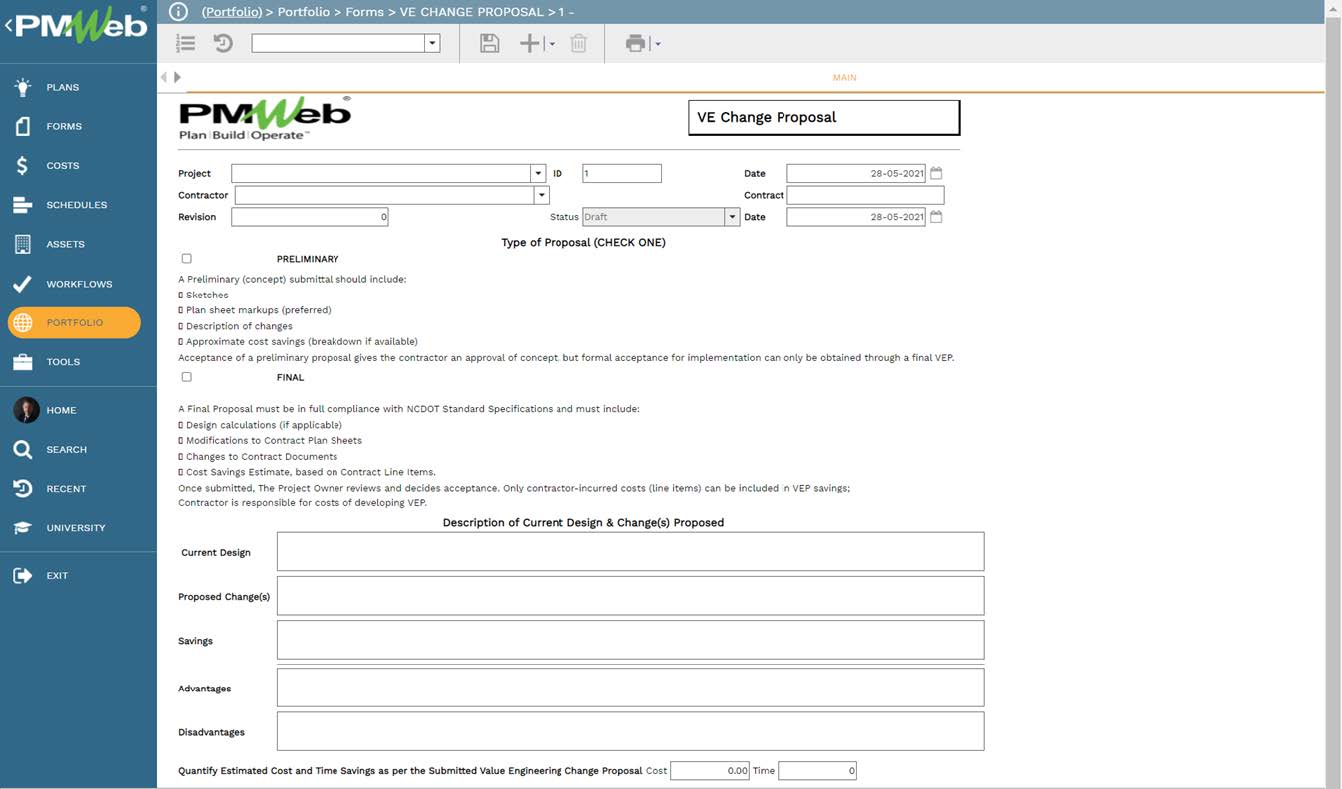
Similar to all types of business processes created using PMWeb, the Value Engineering Change Proposal form can be also be attached with all supportive documents as listed under the VECP type, Preliminary or Final. Those could include drawings, specifications, equipment catalogs, equipment life cycle costing, pictures among others.
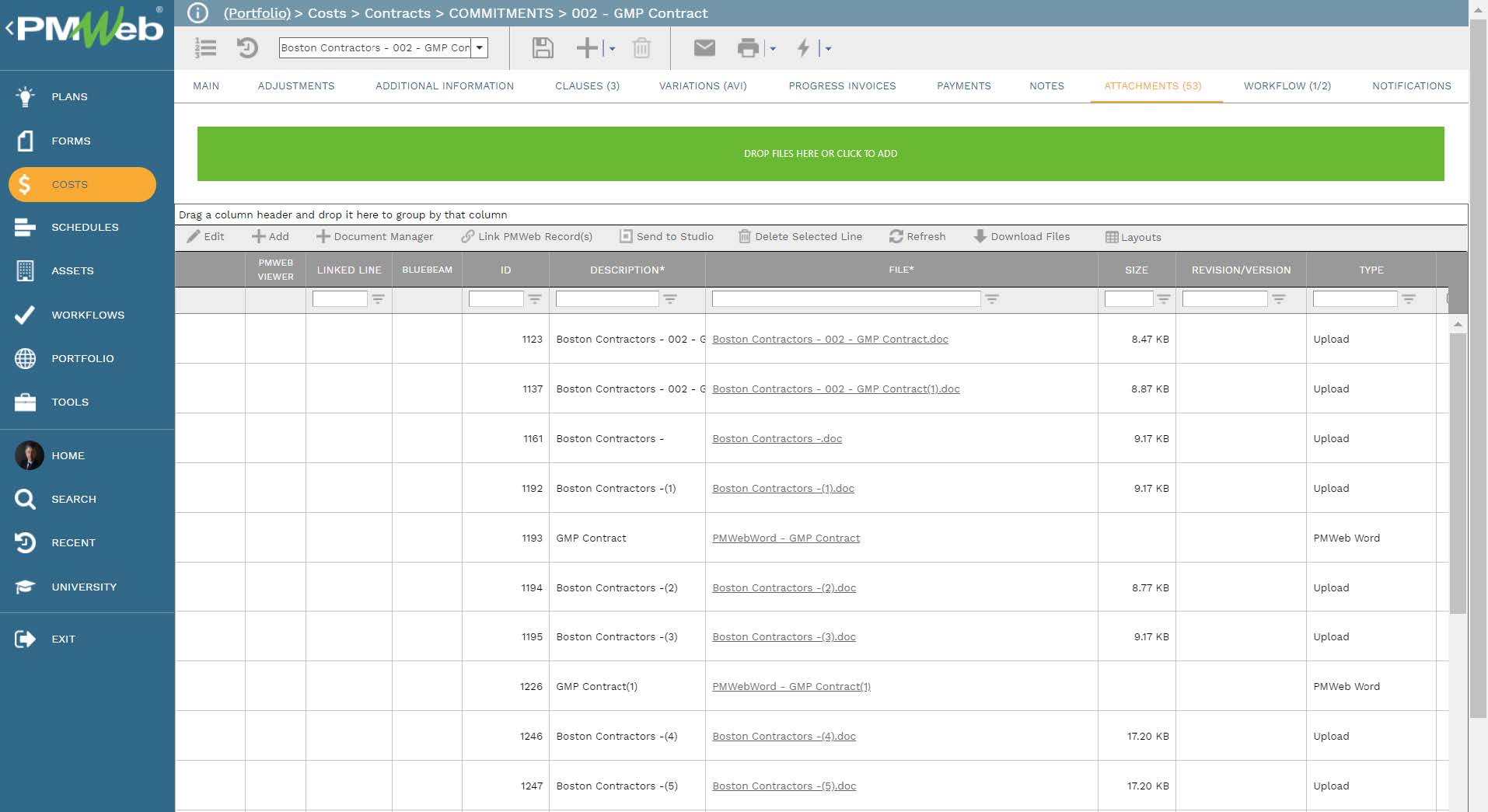
The workflow will map the tasks that need to be performed by the project owner team after the Contractor submits the Value Engineering Change Proposal (VECP) in PMWeb. The workflow will map the submit, review and approve tasks, role or roles assigned to each task, task duration, task type, and actions available for the task. In addition, PMWeb allows setting conditions to the workflow tasks to enforce the approval authority levels set by the organization if this was a requirement.
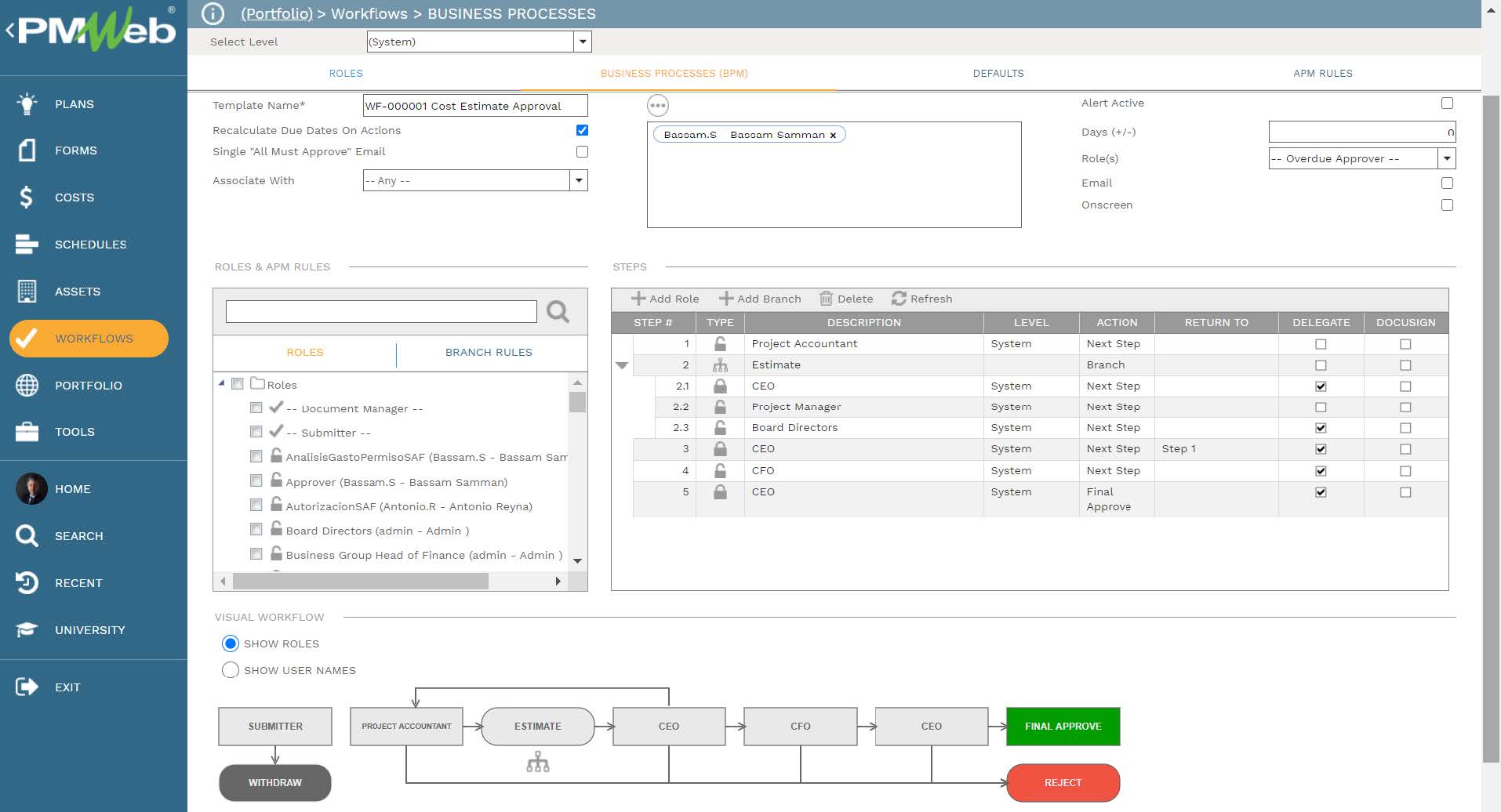
For an approved Value Engineering Change Proposal (VECP), a formal commitment change order needs to be issued by the project owner to adjust the current contract value. PMWeb change order module will be used to create this change to reflect cost savings and adjustment to the contract’s completion date. The approved VECP will be linked to the change order to provide the needed details on the issued change.
